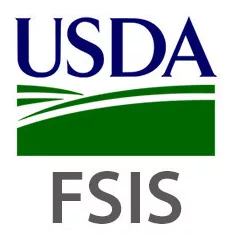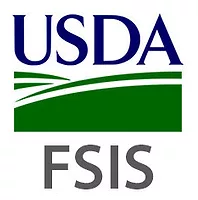New Labeling for Mechanically Tenderized Beef Set for May 2016

Raw or partially cooked beef products that have undergone mechanical tenderization will now require new labeling, according to an announcement from the U.S. Department of Agriculture’s Food Safety and Inspection Service (FSIS). This means that “consumers, restaurants and other food service facilities will now have more information about the products they are buying, as well as useful cooking instructions so they know how to safely prepare them.”
“This common sense change will lead to safer meals and fewer foodborne illnesses,” says Al Almanza, deputy under secretary for food safety at FSIS.
Beef cuts are often tenderized mechanically in order to make them more tender--a key selling point that attracts consumers. The tenderizing process involves puncturing the meat with needles or blades to untangle tough tissue. Because this process can transfer pathogens from the surface of the meat to the interior, this is why proper cooking techniques--different from techniques for nontenderized cuts--are a must. In the last 15 years, the U.S. Centers for Disease Control attributes six foodborne outbreaks to mechanically tenderized beef products.
New labeling is also necessary because on the surface, mechanically tenderized meat looks identical to meat that is still intact. Thus labeling will alert the consumer that tenderized meat needs to be handled differently.
According to FSIS, the new labels must include:
- A statement letting consumers know that the meat has been mechanically, blade or needle tenderized
- Validated cooking instructions
- Recommended minimum internal temperatures
- Hold or “dwell” times
The new labeling requirements are expected to go into effect in May 2016--one year from the date of the rule’s publication in the Federal Register.
Looking for quick answers on food safety topics?
Try Ask FSM, our new smart AI search tool.
Ask FSM →







